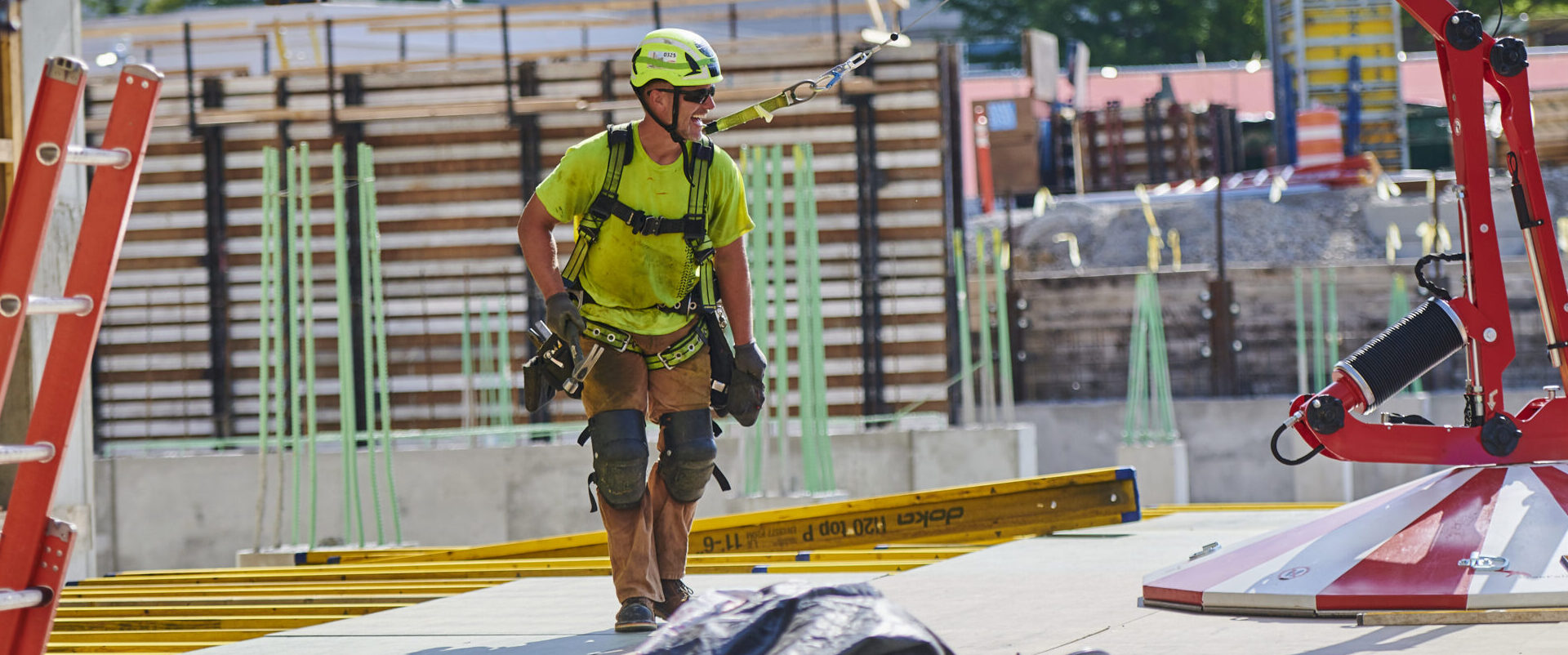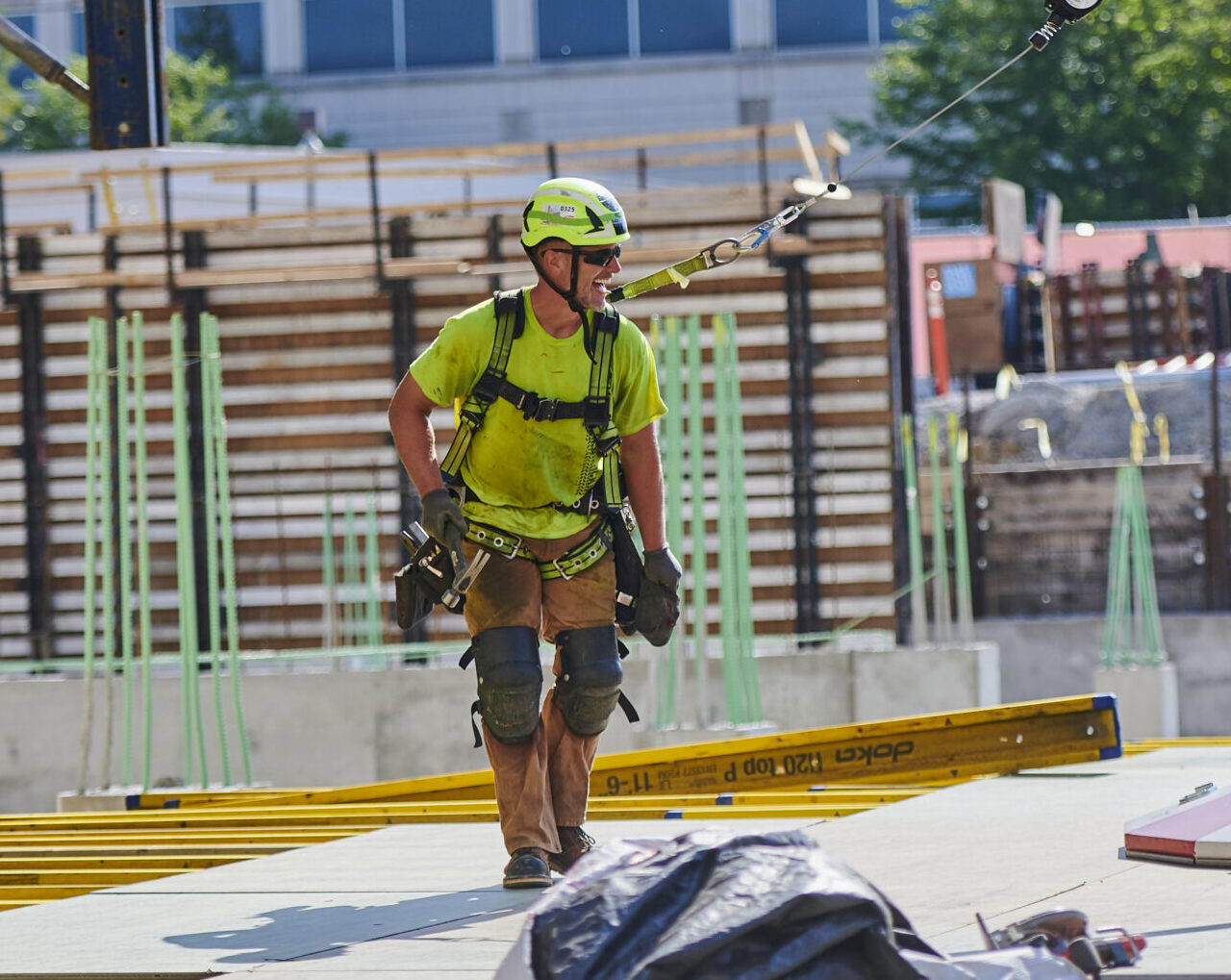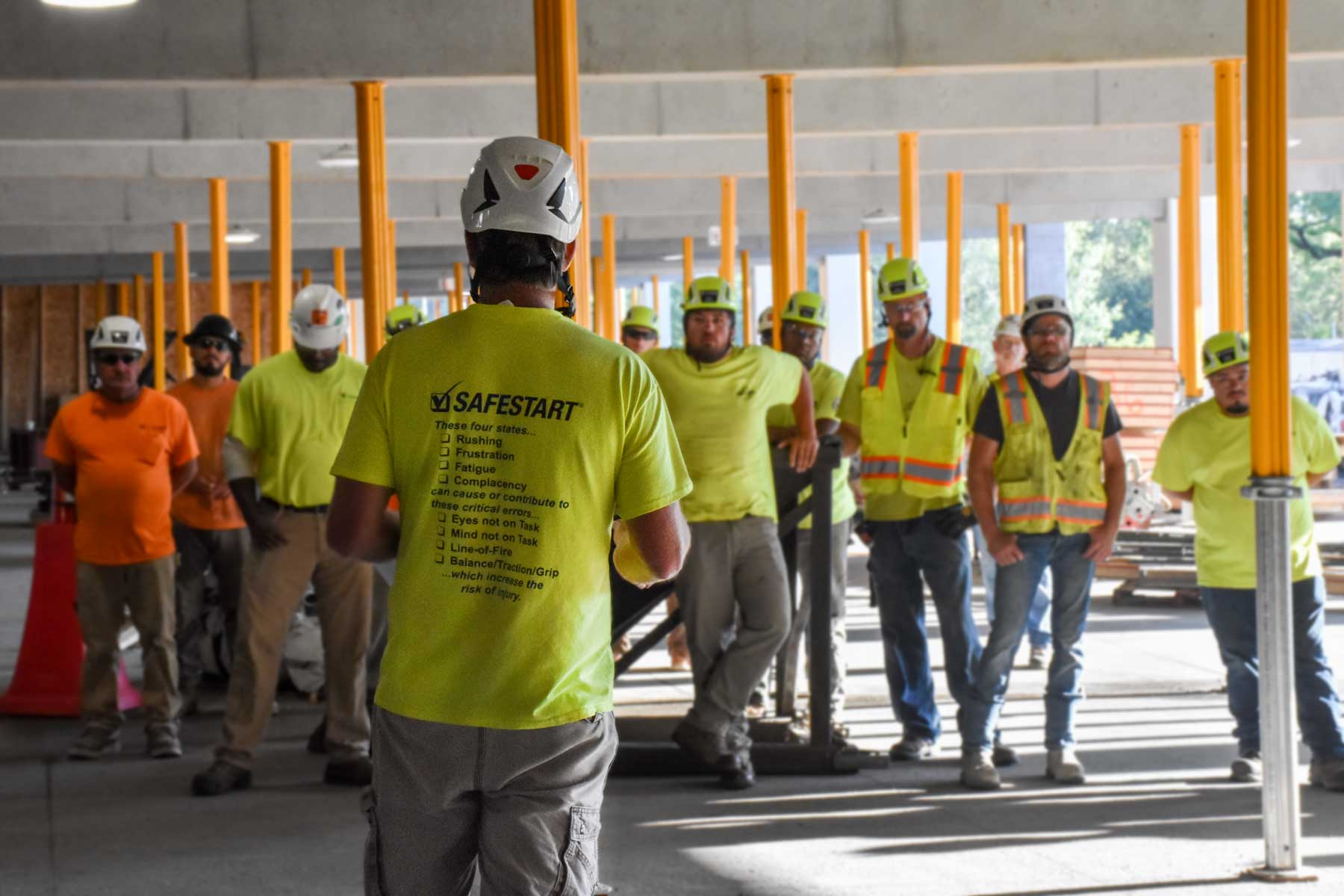Safety


It’s no secret that construction can be dangerous–that’s why we never stop looking for new ways to keep the people working on our job sites safe. From the latest in PPE innovation, to advanced safety training and rigid enforcement of safety standards, we give our team the tools to do their job safely, ensuring everyone leaves the job site the same way they arrived.

Focused on Workplace Safety
CG Schmidt is committed to assuring the safety of everyone entering the construction zone. We’ve successfully implemented the SafeStart Program to improve safety at the workplace and beyond. SafeStart is a leading safety training process in the world for developing personal, 24/7 safety skills that address human factors in safety–reducing injuries, increasing engagement, and achieving sustainable culture improvements.


